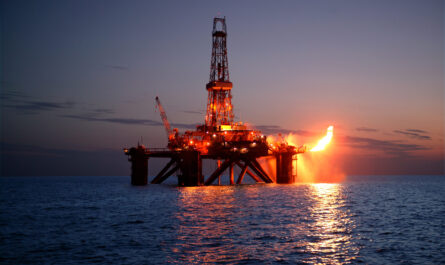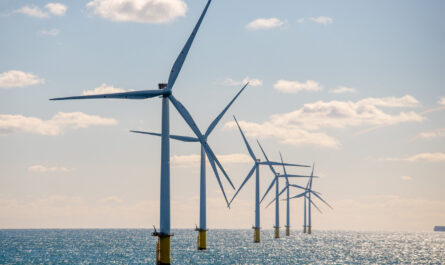
Mechanical mine clearance systems offer the advantages of increasing efficiency and safety in mine clearance activities through their ability to mechanically detect and destroy landmines from a safe distance. These systems utilize robotic technologies and remote-controlled vehicles equipped with tillers, rollers, flails, and other similar tools to comb terrain for mines and expel them from the ground.
The Global Mechanical Mine Clearance System Market is estimated to be valued at US$ 45.75 Mn in 2024 and is expected to exhibit a CAGR of 4.5% over the forecast period 2023 to 2030.
The continued prevalence of landmines and explosive remnants of war across historically conflict-affected regions has sustained the need for robust and effective tools in humanitarian demining. Mechanical mine clearance systems have emerged as a game-changing technology, allowing for the remote detection and removal of mines from a safe operating distance. These systems offer assured safety for human deminers while greatly improving productivity rates. Various machines are used based on terrain conditions, ranging from excavator-like vehicles to more specialized flailing and tillering machines. The demand for such systems is growing globally as humanitarian demining organizations and militaries seek ways to expedite mine clearance through automation.
Key Takeaways
Key players operating in the Mechanical Mine Clearance System Market are CEFA, Hydrema Holding ApS, Scanjack AB, Rheinmetall AG, MineWolf Systems AG, Armtrac Limited, DOK-ING d.o.o., Aardvark Clear Mine Ltd., Way Industries A.S., Pearson Engineering Limited, and Digger DTR — Demining Technologies. The growing deployment of mechanical clearance equipment to expedite demining activities and ensure human safety is fueling market growth. Various players are also expanding their geographical presence and developing advanced sensing and processing systems to improve the efficiency of mechanical mine clearance.
Market Key Trends
One of the key trends gaining traction in the mechanical mine clearance system market is the increasing integration of advanced robotic and AI-based technologies. Various systems are being outfitted with upgraded sensor packages leveraging technologies like ground penetrating radar, electromagnetic induction, and infrared/hyperspectral imaging for accurate mine detection. Processing of the sensor data also relies more on AI and machine learning algorithms running on edge/cloud computing platforms to automatically identify mine-like objects and assist operators. Such enhancements allow for autonomous or semi-autonomous demining operations with minimal human oversight, accelerating clearance rates.
Porter’s Analysis
Threat of new entrants: High costs of R&D, manufacturing and compliance make entry difficult.
Bargaining power of buyers: Buyers have moderate bargaining power due to availability of substitutes and differentiated products.
Bargaining power of suppliers: Suppliers have low to moderate bargaining power as there are substitute components available.
Threat of new substitutes: Threat of substitution is moderate as manual demining is still used in many countries.
Competitive rivalry: Intense competition exists between major players to gain market share.
Geographical Regions
Europe remains the largest market for mechanical mine clearance systems in terms of value owing to ongoing demining operations in countries such as Ukraine, Serbia and Bosnia. Asia Pacific region is expected to be the fastest growing market due to increasing investment in landmine clearing equipment by countries such as China, India and Vietnam.
The Mechanical Mine Clearance System Market United States accounted for around 20% of the global market in 2024 driven by ongoing R&D and procurement for militaries engaged in overseas conflicts. Countries in Middle East such as Iran and Iraq have also boosted demand for mechanical demining equipment to make agricultural land safe for use. Africa contains nearly 30% of the world’s stockpiled and emplaced anti-personnel landmines but lack of funds remains a challenge for widespread adoption of cost-intensive mechanical solutions.
*Note:
1. Source: Coherent Market Insights, Public sources, Desk research
2. We have leveraged AI tools to mine information and compile it



